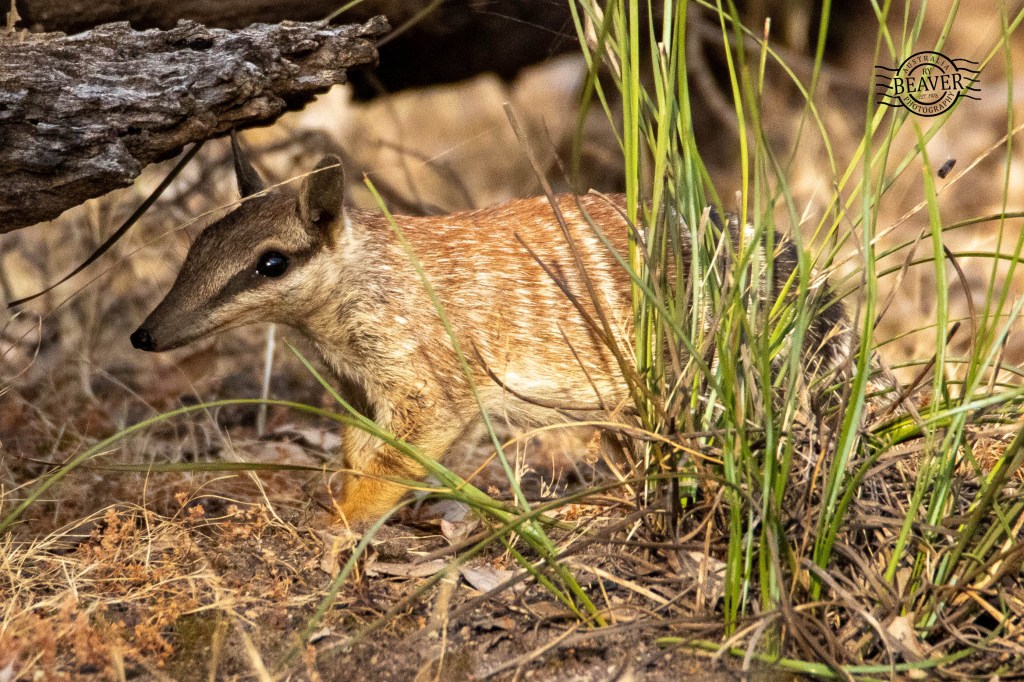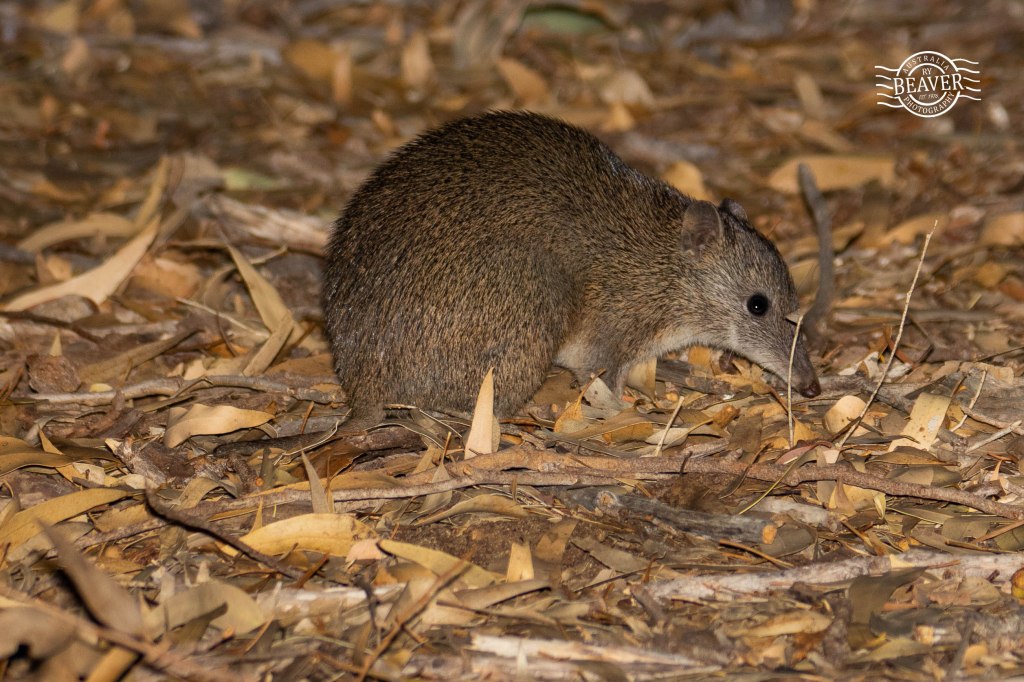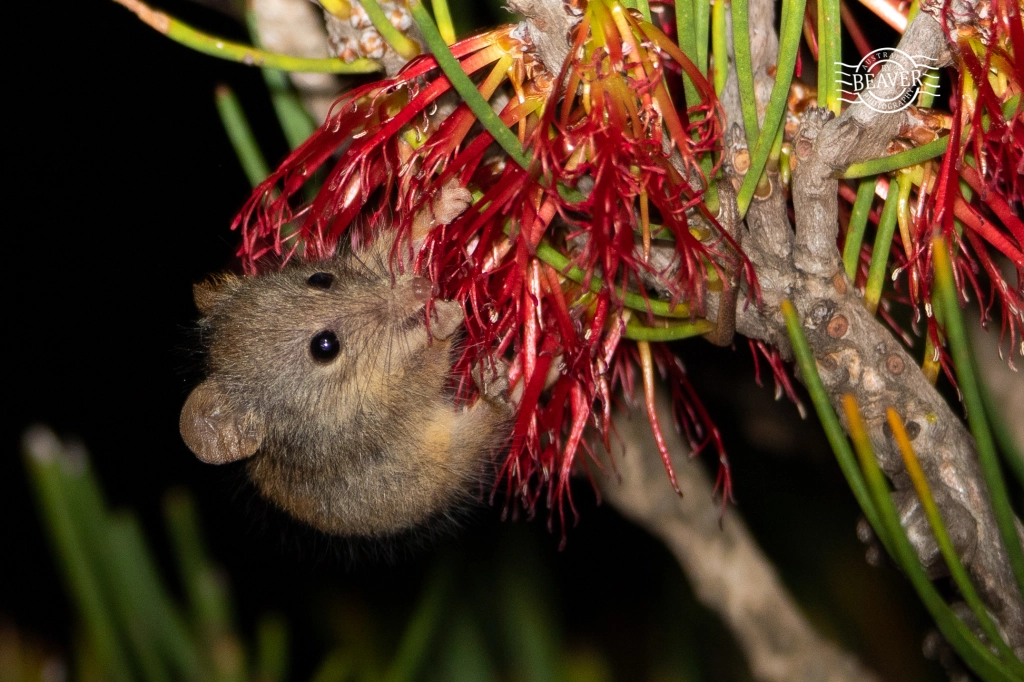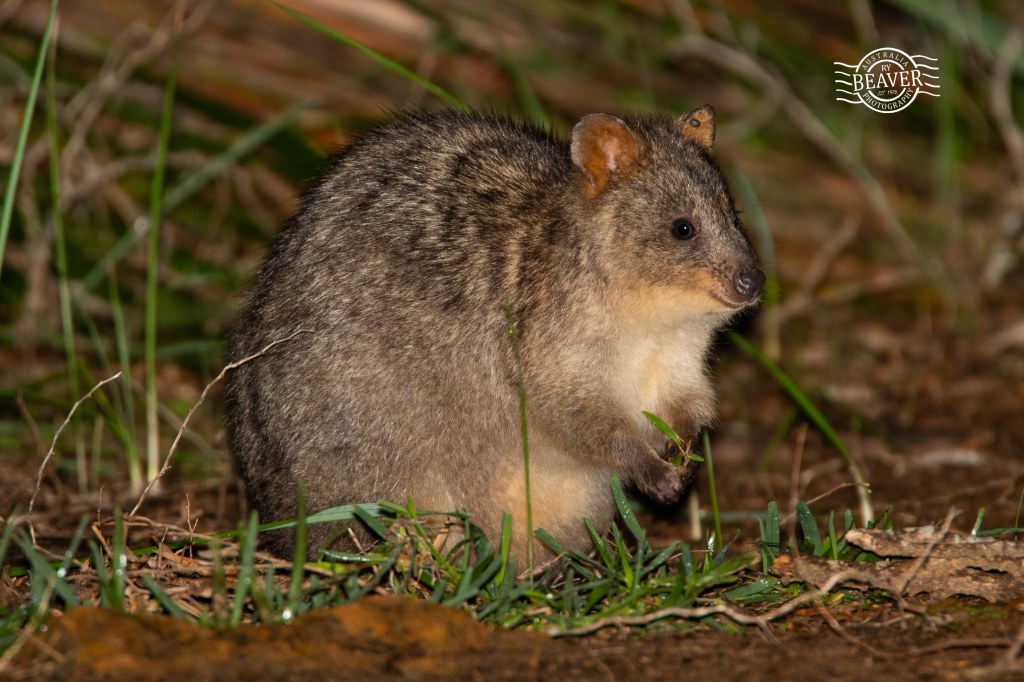I have been wanting to take the kids camping at Dryandra for quite a while and the opportunity came up so we went with it! We planned to stay in the excellent DBCA Gnaala mia campsite. I have stayed here on previous trips but never with my kids Liam & Sienna, aged 7 & 9. I haven’t included photos of the kids for privacy reasons.
I have written about Dryandra Woodland National Park previously. It is a large remanent region of woodland found within the WA Wheatbelt where there has been extensive clearing and farming surrounding the woodland. It is about 2 hours south-east of Perth and is an amazing place to see many types of wildlife which have persisted and flourished due to feral predator control and preservation of habitat. It’s an unpleasant reality in Australia that to protect our wildlife it either needs to be fenced in or extensive control of feral animals. Dryandra is famous for being one of only two original remaining populations for Numbats (Myrmecobius fasciatus) – a marsupial anteater. They have since been translocated from Dryandra and Perup to a number of reserves and starting to make good gains in numbers.
We packed all our gear and headed down on a warm Saturday looking for wildlife on the way. After a number of “Are we there yet!”, we got close to the woodland and were on the lookout for reptiles enjoying the warmth on the black roads. Sienna was especially keen to see a snake! We came across the sad sight of a road-killed bobtail (Tiliqua rugosa) which we carefully pushed off the road to try to prevent any scavengers suffering the same fate.

We set up camp at Gnaalia mia, finding a nice site not too far from the long drop toilets and camp kitchen facilities. Conditions were warm and it also seemed to have activated the bush flies which were very annoyingly persistent in hanging around.

We then headed onto the tracks looking for wildlife. Sienna had packed her numbat puppet to help attract them. We drove for a while and Sienna called ‘NUMBAT!’ – she was the first to spot one this weekend.


The numbat was unconcerned by our presence and allowed us to watch it foraging for termites – it needs to eat approx 20,000 termites a day.

We watched it for some time and it tolerated the kids getting ever closer. It then disappeared into a log and we decided we needed to move on. We did point the log out to a car that had stopped behind us if they wanted to wait until the numbat came out again.








We moved on – unfortunately not finding any Echidna which we thought might be likely with the conditions. We headed to the Lions Dryandra Woodland Village which is great basic accomodation in the middle of the woodland. We saw many Western grey kangaroos (Macropus fuliginosus) on the oval opposite the cottages.




Heading out of the village we got a nice view of a Grey currawong which are common in the woodland.


A little further on, I spotted a camouflaged pair of Bush Stone-Curlew. They can often be spotted on the village oval but this pair were out on Tomingley Rd that goes East-West through the woodland.


The flies were really oppressive whenever we stopped and even worse at camp when we had food, but got better as it got dark. We roasted marshmallows and the kids were not keen to head out on a night drive. They wanted to get in the tent and into bed! We had a visit from a friendly camp Woylie (Bettongia penicillata) – a critically endangered macropod which I have seen increase in numbers in Dryandra over the past few years. This Woylie allowed the kids to get quite close and seemed to be looking for people food which is not a great diet for an animal which forages mostly for underground truffles/fungi.



In the below video it was eating what I think was a burnt marshmallow that ended up in the grass.
I used the thermal camera to watch it foraging further afield.
As the kids just wanted to stay in the tent I was not able to get to a number of my usual nocturnal sights as I needed to stay around camp. I had heard a Chuditch (Western quoll – Dasyurus geoffroii) has been hanging around so I was hopeful I might spot it, but it wasn’t around this night. I had my passive bat detector set up (Wildlife Acoustics Song Meter Mini Bat) and could hear many White-striped free-tailed bats (Austronomus australis) calling. It was a busy night with over 650 recordings triggered.
I walked around the tracks of the camp using the thermal to see the bats flying overhead. I didn’t see much else and the kids were keen to have me back with them in the tent.
I have reviewed the calls and have recordings of at least 2 species: White-striped free-tailed bat, Southern forest bat (Vespadelus regulus) and South-western free-tailed bat (Ozimops kitcheneri). Here is one of the recordings of a clear pass of the White-striped free-tailed bat. These bats make calls in the 10-15 kHz which is within the range of human hearing (limit is 20 kHz). All other south-west bats call in the ultra-sonic range and cannot be heard with human ear. I need to write some more dedicated bat acoustic posts as I have been learning a lot about it.
We woke to a lovely morning and enjoyed breakfast. We watched this lovely Red-capped Parrot feeding near our campsite. We packed up (well I did mostly!) and headed out hoping to see some more diurnal wildlife before we had to head for home.

Not long into our drive we spotted a Gould’s monitor (Varanus gouldii) crossing the road and we pulled over to have a better look. After posing for a few photos it shot back across the road into a burrow.



We then came across a bobtail crossing the road and helped chuff it to the side so it would be safe from further traffic.

I then spotted our second numbat of the weekend. It wasn’t that far from the first sighting but the stripe pattern does look different and each individual has a unique pattern which allows for identification of individuals.

We kept driving, looking for more wildlife, and I came across this photographer where I had a serious case of lens envy!

When looking for numbats, you drive slowly looking for movement. Often capturing the eye is the common Rufous treecreeper which darts along logs in the woodland and for a split second mistaken as a marsupial.

We then came across a King’s skink which popped its nose out of its hollow log.


Below is a shot of the amazing bushland – its an amazing part of the world with stunning fauna and flora.

This trip was a great chance for my kids to experience Dryandra again while camping. Sienna was especially pleased with seeing the first numbat of the trip! After packing up we spent a bit too long in the car looking for wildlife before heading for home, as they were rather cranky by the time we headed for Perth. We unfortunately didn’t see any snakes or echidna which the kids were keen to see. I didn’t see as much nocturnal wildlife but I have had plenty of opportunities before.





Leave a comment